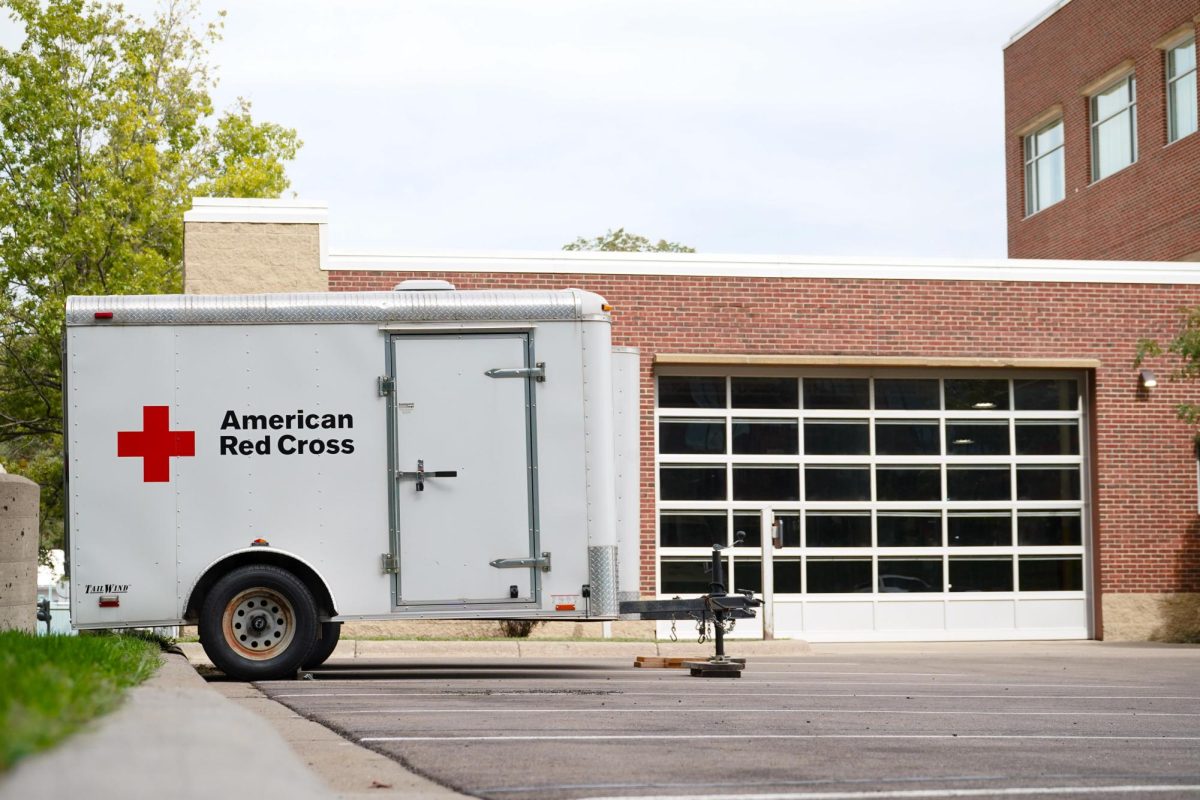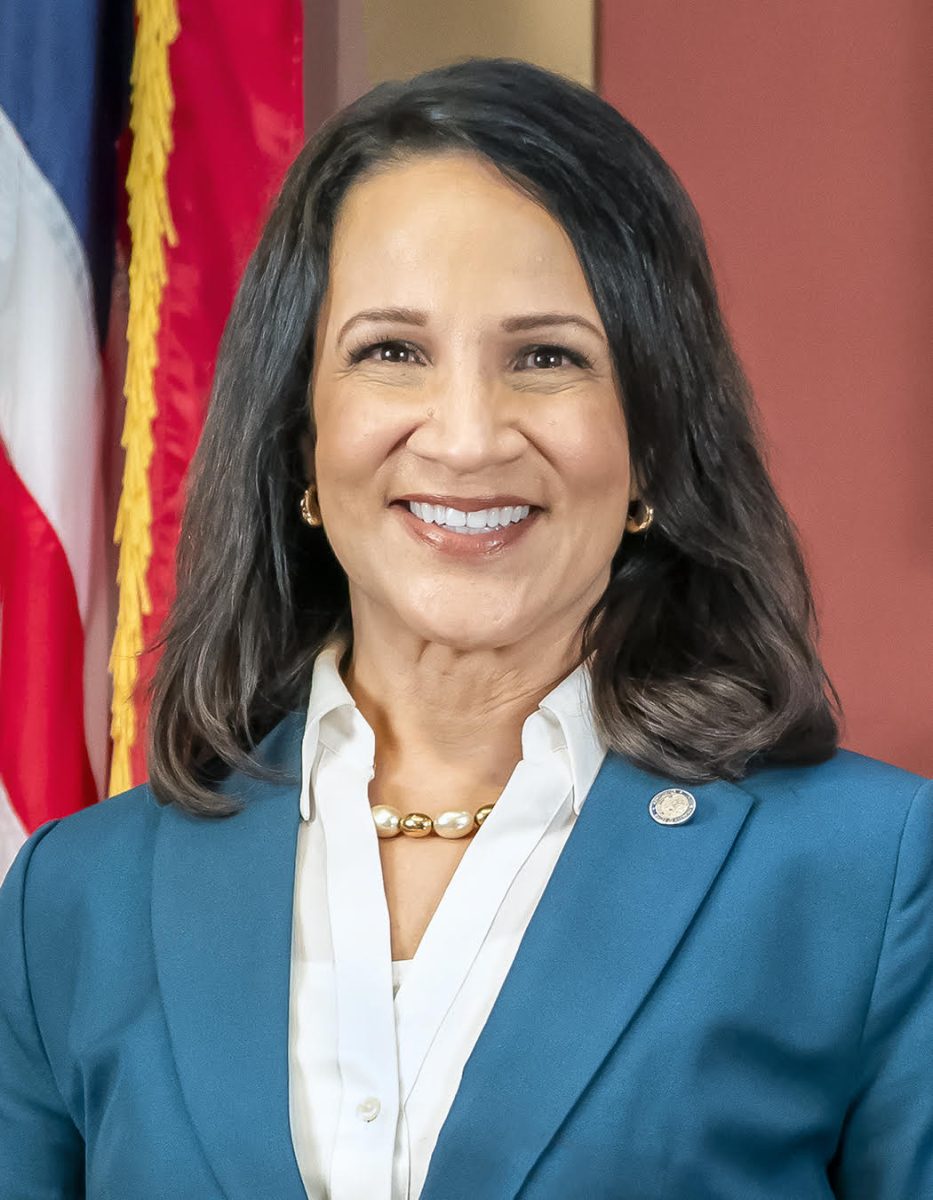Carl Shevidy’s doctor diagnosed him with leukemia in July 2014. Two weeks later, he was admitted to the Mayo Clinic.
It was at the Mayo Clinic that Shevidy learned he needed four rounds of chemotherapy. After which Shevidy would need to find a stem cell match for a transplant to ensure the cancer did not come back.
Months passed and all nine of Shevidy’s siblings came up as a negative match. NMPD, formerly Be the Match, helps connect donors to patients in need. They came into the picture and found Shevidy a match.
Shevidy and his family did not know much about his donor, only that he was in his 50s and lived in Germany.
Shevidy said the transplant saved his life.
“I don’t think I’d be here,” Shevidy said.
Shevidy is just one of the over 130,000 people NMDP has impacted since 1987.
NMDP Executive Director Joy King said when a patient finds a match, it changes their lives.
“A lot of our patients sometimes say the day that they find out that they have a donor is the best news that they’ve received their entire diagnosis,” King said.
Bone marrow donor Haven Davis said she matched with a 14-year-old girl in New York and was happy with her experience.
“To go through such a scary diagnosis and have things changing really rapidly, not have a lot of answers and have their daughter get sick and so to hear from them the gratitude, relief and the emotional impact of that and with the gratitude they had (toward me), there’s just no reason to not keep supporting this project,” Davis said.
But not everyone who’s in need of a donation is as lucky as Shevidy.
Search for more donors
Joy said people ages 18 to 40 are encouraged to sign up and find out their eligibility for the registry.
To sign up for the registry, people can go to the NMDP website, fill out a brief medical questionnaire and a cheek swab will be sent in the mail.
Joy said one of the most important parts of joining the registry is commitment.
“If we call you, a patient is depending on you to say yes and follow through,” Joy said.
Erin Bix, the senior marketing strategist at NMDP, said about 50% of people on the registry when called cannot follow through with donations.
King said the Minneapolis NMDP headquarters are hosting a community event where people can sign up to join the registry on World Donor Day Saturday.
“Last year we provided over five and a half million dollars in assistance to more than 2,600 families,” King said. “Providing a gift or fundraising really does go a long way, like $25 covers one clinic copay for a transplant patient.”
NMDP also has a University of Minnesota chapter which helps recruit people to join the registry, Joy said.
Giving stem cells is more similar to giving blood than a big surgical procedure, Shevidy added.
“You’re probably a little tired after that, but most people are back to work the following day,” Shevidy said.
NMDP is important because it provides life-changing service to people in need, Joy said.
“We know that every three to four minutes there’s someone in the U.S. that’s been diagnosed with blood cancer,” Joy said. “A blood stem cell transplant can actually be a cure and treat more than 75 diseases.”













